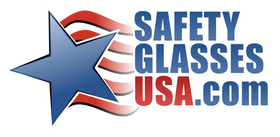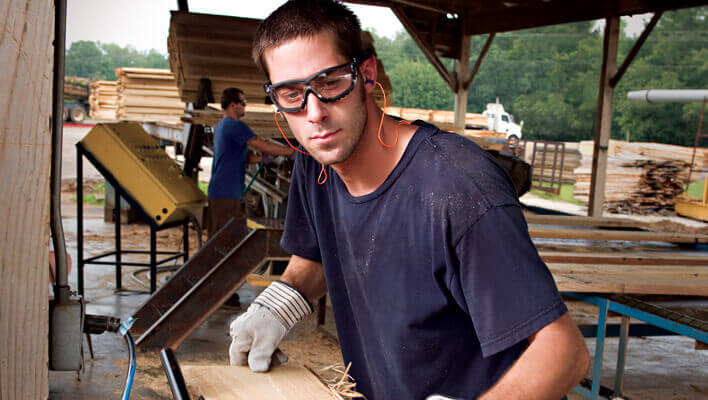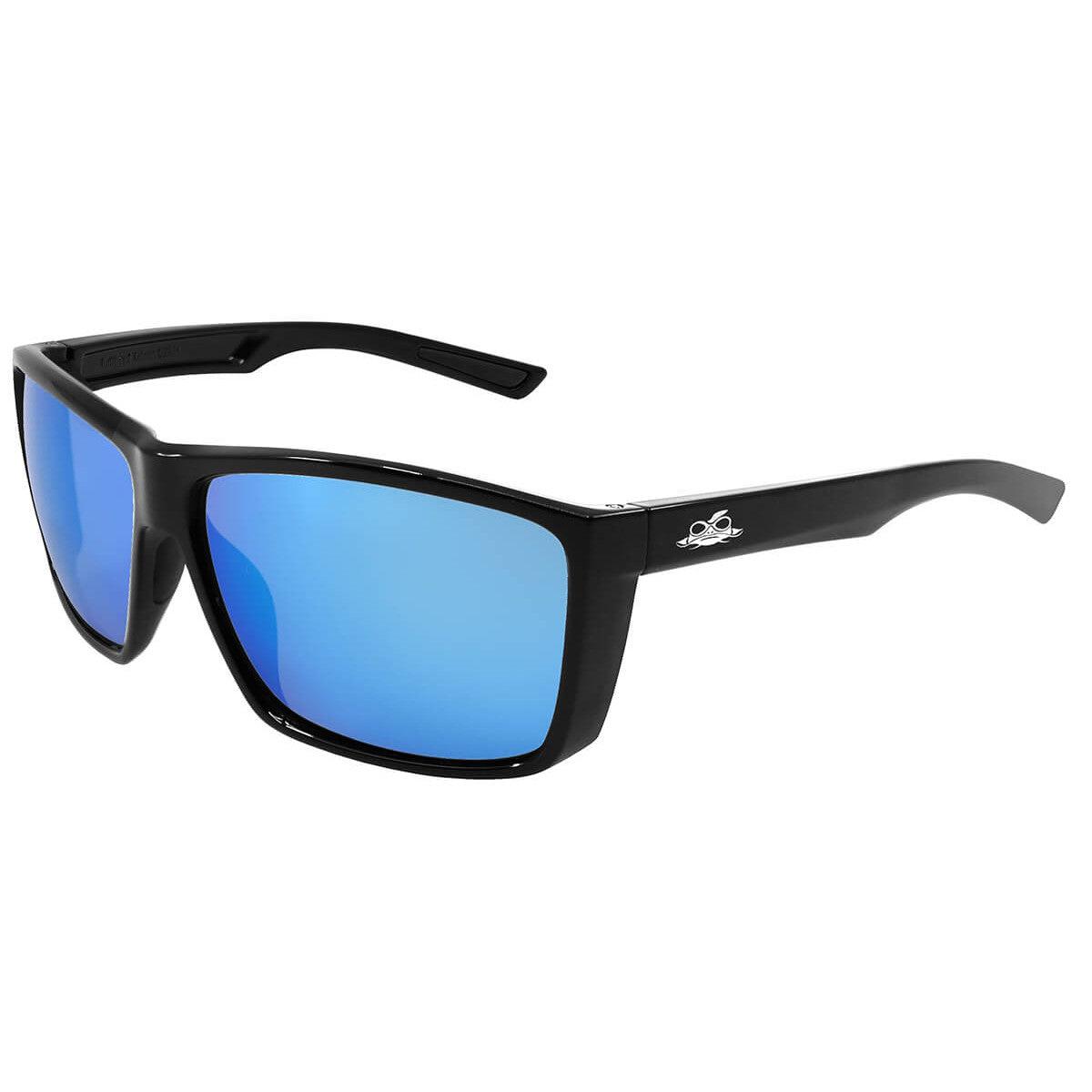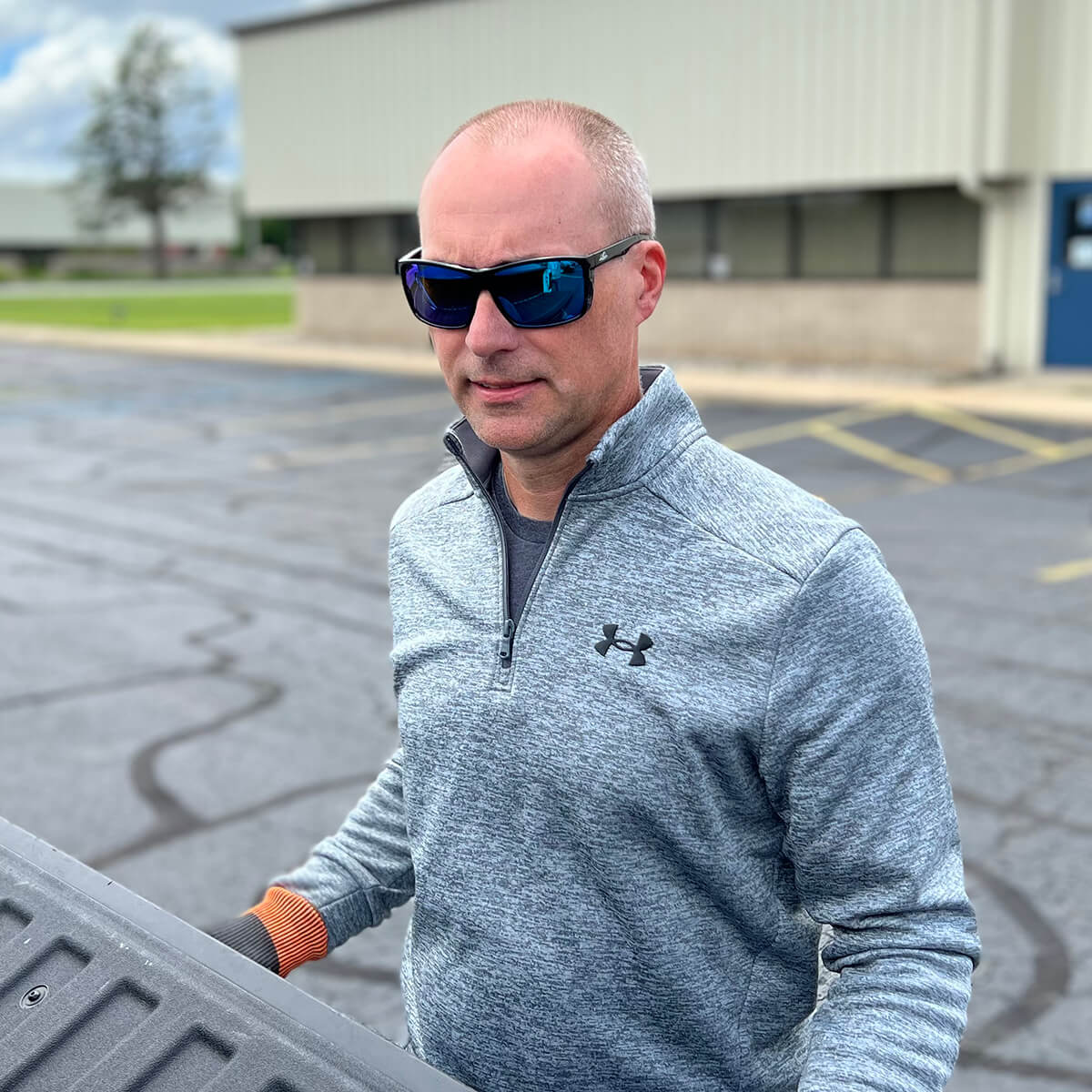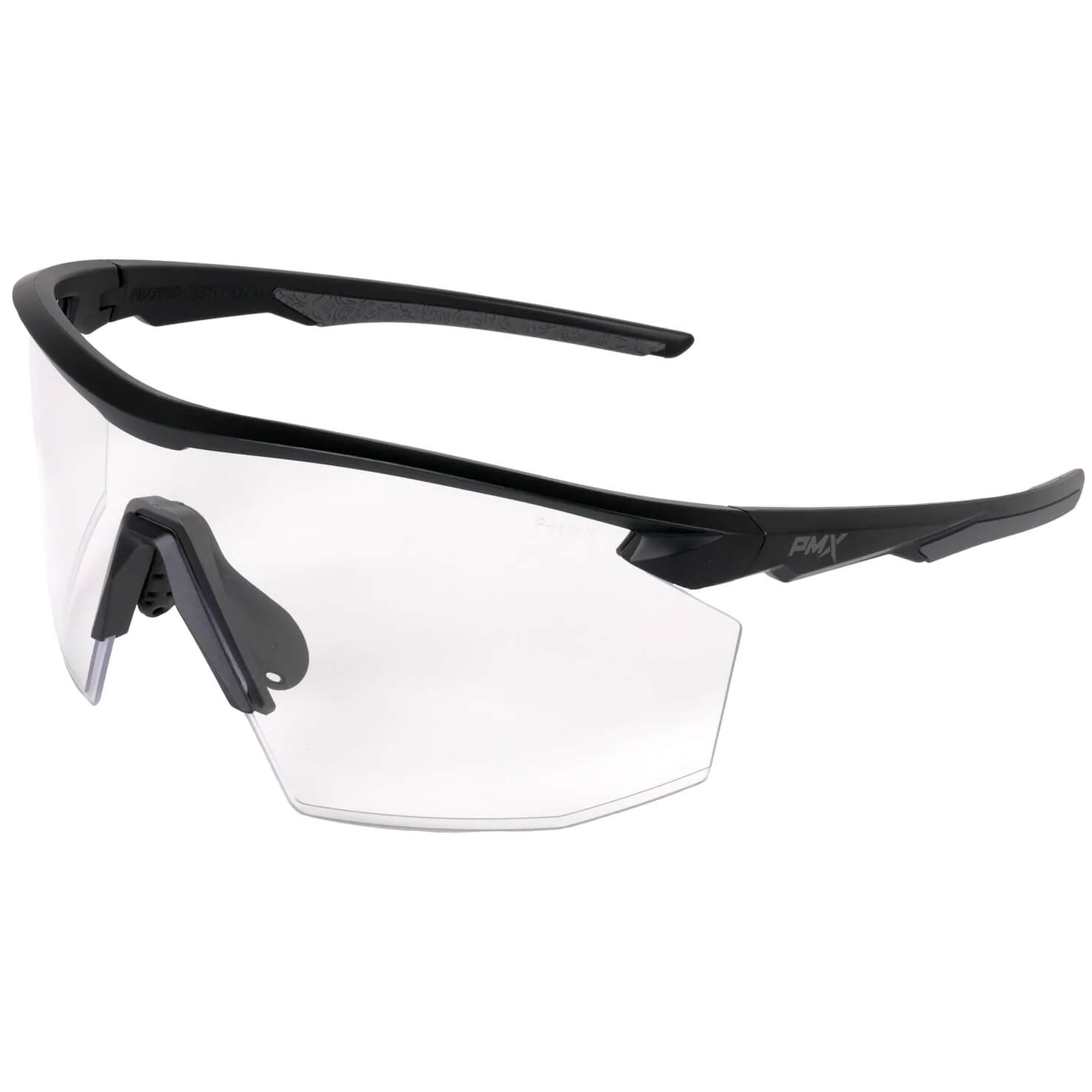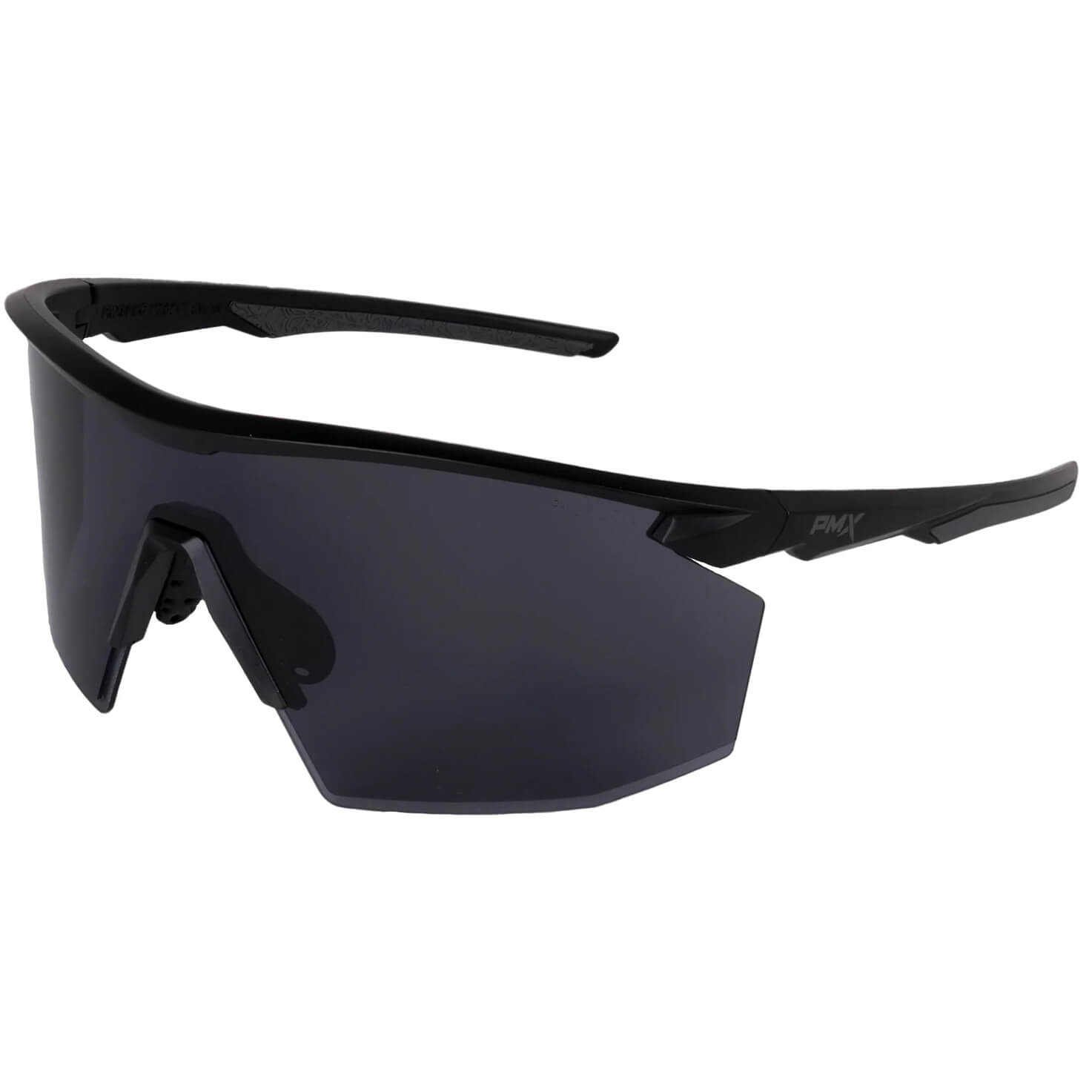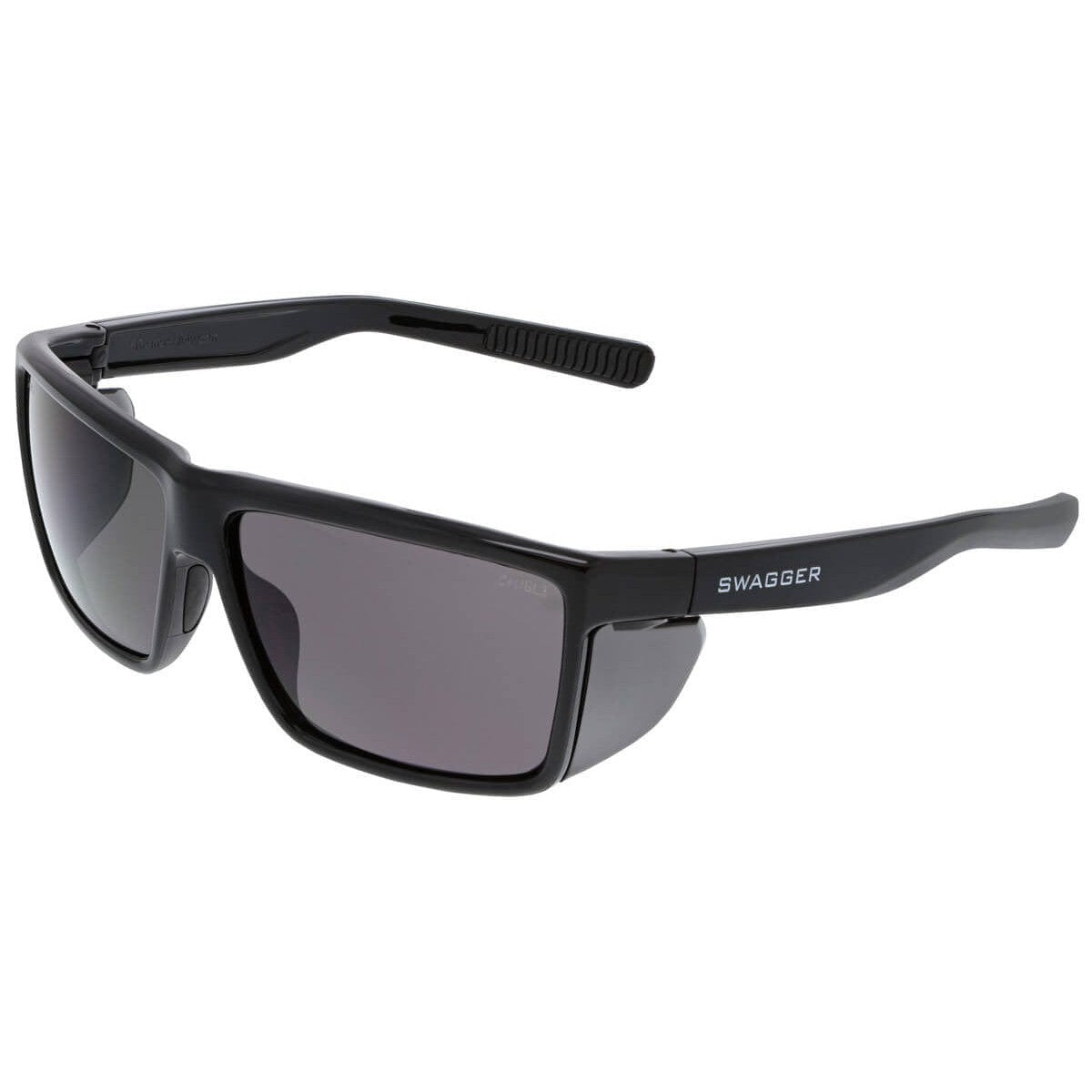Safety Glasses Versus Safety Goggles
Wearing the proper protective eyewear is essential. However, deciding when to wear goggles instead of glasses can sometimes be confusing.
Safety glasses are good at protecting your eyes from impacts, but they have a few weaknesses. They often have small gaps around the lenses, exposing your eyes to liquids and dust. Even safety glasses with wraparound lenses can't provide the same level of protection as safety goggles.
When dealing with splash hazards, airborne dust, and small flying debris, safety goggles are a better choice than safety glasses. This is because safety goggles offer 360-degree protection thanks to a tight and well-fitting facial seal – something safety glasses lack.
Safety goggles are the superior option for tasks like metal grinding, working in dusty conditions, or handling chemicals. In these situations, there's a higher risk of foreign objects reaching your eyes from the side, and only goggles with a complete facial seal can effectively safeguard against such potential hazards.
When To Wear Safety Goggles
You should always evaluate your workplace for potential eye hazards so you can select the appropriate safety equipment. Safety goggles should be worn when the following risks are present:
- High-velocity debris and blunt impacts
- Splashing liquids and airborne droplets
- Airborne dust particles
- Caustic vapors
Types Of Safety Goggles
Safety goggles can provide more than enough protection from these hazards. However, you need to choose the correct type of safety goggle. Common types of goggles include:
- Direct vent: These goggles have multiple perforations around their body to promote air flow, which reduces lens fogging. Direct vent goggles are primarily used for impact protection. Do not use this type of goggle for liquid, dust or caustic vapor protection.
- Indirect vent: This style of goggle uses covered vents to increase air flow. Since the vents are covered, they provide better protection from liquid splash and dust. However, they shouldn’t be used around caustic vapors. Even though the covered vents help with airflow, indirect vent goggles will fog up more often. I recommend you look for models with dual-pane lenses or an anti-fog coating.
- Non-vented: This style of goggle is completely sealed and doesn’t have any vents. They provide excellent protection from impact, splash, dust and caustic vapors. Due to the lack of vents, these goggles tend to fog up quickly; an anti-fog lens is necessary.
In Closing
I realize wearing a goggle won’t make the best fashion impression, but neither does an eye patch. Taking the time to evaluate the hazards in your workplace will ensure you select the appropriate type of eye protection. Wearing the right goggle may be the best decision you’ve ever made.
